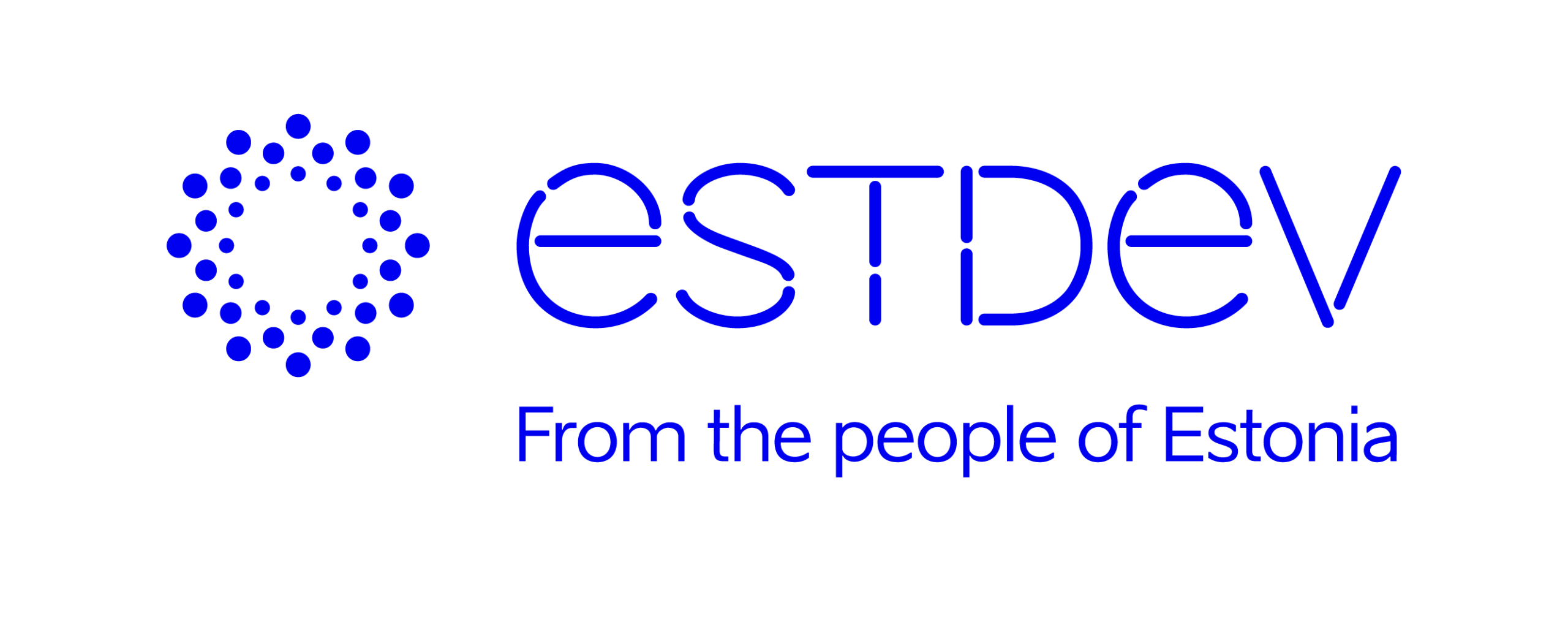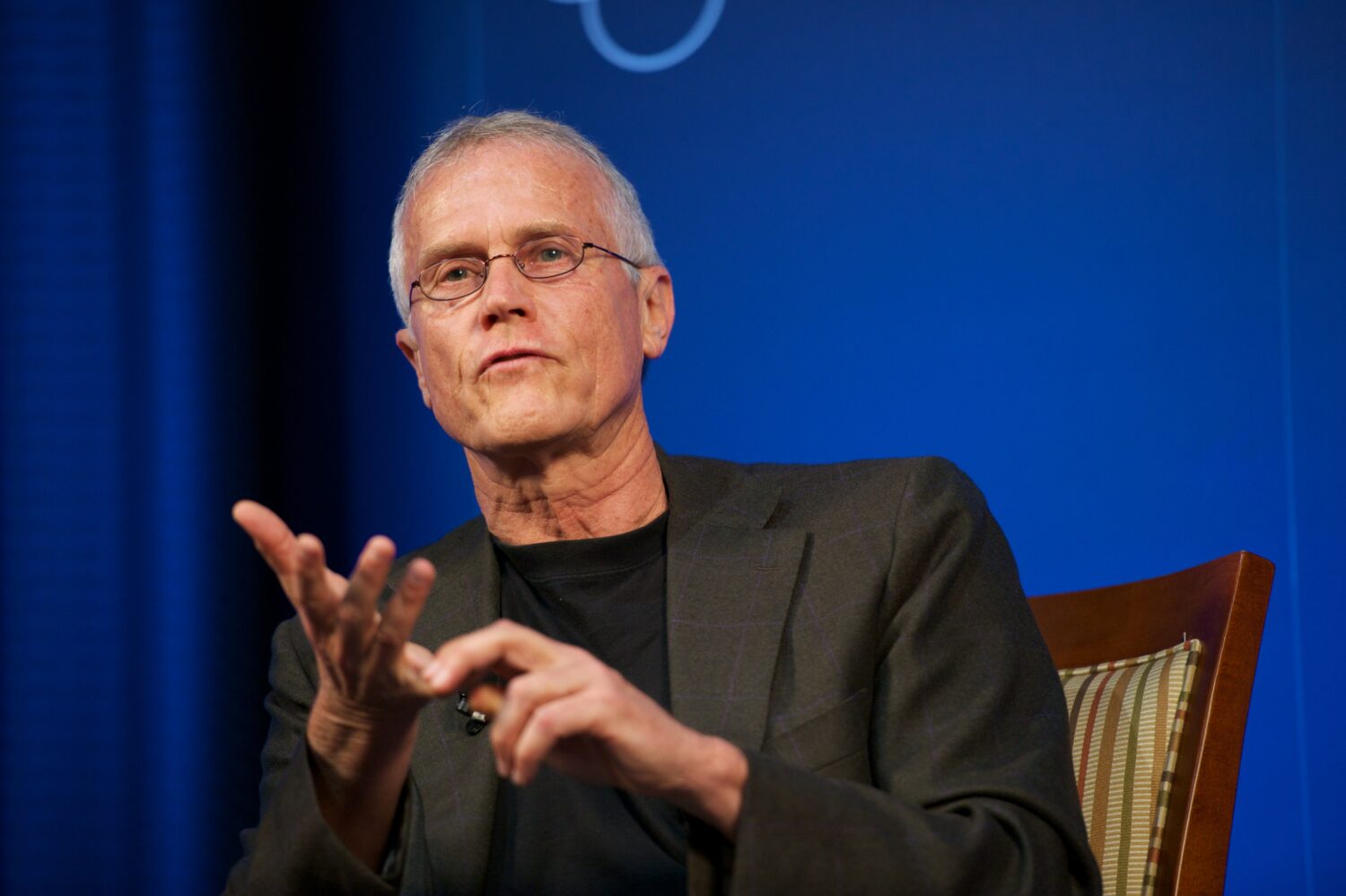Paul Hawken is one of the leading voices of the environmental movement, he has authored nine best-selling books and is a true solutionist in regard to addressing the climate crisis. He consults with heads of state and CEOs on climatic, economic and ecological regeneration.
To start, Paul tells me about the origin of his connectedness to all the living around us: “When I was three or four, I chased a ball onto the street and found a frog that had been flattened like a tortilla. There were tread marks embossed on its spots and lumps. The splayed reptilian legs pointed in all directions. I was sure it had been run over by the ice cream truck that circled the neighborhood playing the Cuckoo Waltz. At that time, I kept frogs in my pocket, pollywogs in Mason Jars, and once hid a horned toad in my hand to scare my sister. However, I didn’t know that something could die. The dried-up carcass was thinner than cardboard and light as a wafer. I picked it up and marched triumphantly back home to show mother my reptilian Frisbee. She threw it in the trash and scrubbed my hands. I retrieved it later and put it in my treasure cigar box that included vacant snail shells and detached lizard tails.
From that time onward, I would lay awake at night trying to imagine what it was like to die. What was life if it could be flattened by an ice cream truck? I was starting to feel fear and sadness. Late one night, I heard something startling and beautiful. I went outside and there on the moonlit roof was a bird trilling, chirping, croaking, and whistling dozens of songs. It imitated a cricket, a robin, a cat, a crow, a frog, a finch, and the unoiled, squeaky weather vane on my grandfather’s farmhouse. It was dancing, hopping, jumping, and pumping its head up and down. It was as if it was saying “I am having the best time in the world up here and I don’t know what the rest of you are doing down there.” I thought it was God. Truly. In the morning I was told it was a mockingbird. From that moment onwards, my whole life has been about protecting nature.”
If everyone on the Planet would read your book Regeneration, would it save us?
There are three types of behaviors in the world in regard to the ecological and climate crisis. One is to ignore or even deny it. Then there’s the 40-50% that actually understand that climate is being impacted by human activity. Then there is the 1% that are active and try to change the world around them.
Because the 40-50% are sympathetic, they also think they are doing something. The question we need to ask is why aren’t more people actively involved? The knowledge of global warming has been in the public sphere for 50 years. One reason may be what could be called the carbon tunnel syndrome where there is a narrow focus on climate. Climate news is mostly about fear, loss and threat. We are human, we move away from fearful topics hoping someone else will deal with the climate crisis. Secondly, I think the climate movement has been disaggregated from the living world. We know very well what harms the atmosphere in terms of climatic stability, but we don’t talk much about what creates the atmosphere in the living world. We tend to think about nature and climate separately, whereas they are – the biosphere and the atmosphere – actually the same thing.
The book, Regeneration, is about stitching back together the disconnections between people, between people and nature, and within nature itself. The book provides a sense of what to do. People care but do not always know what they can do. Maybe they have a very modest income. They can´t buy an electric car or change their heating system to a heat pump. Maybe they are very stressed in their life, raising children and working two jobs. However, we can all do something. The small things matter. Regeneration is about awakening to the living world, becoming aware of vast, interconnected mysteries of the living world. All of nature is communicating but most of us are not listening.
People often ask me what to do and I say to go into a quiet place in nature, leave your phone, find a good place to sit, and stay there for hours. Just listen, feel, look. If you are not impatient, you will find out what you should do because you know, it is inside you. You are part of this. I hope that Regeneration gives a sense that there is a vast number of possibilities that call to us.
Indigenous knowledge seems to be an answer to most of our problems with the degrading world around us. How did we manage to drift so far away from our natural ways?
The knowing of Indigenous people is observational science. We, in the West, rely on empirical science. Two different ways, neither is wrong, just different. Indigenous people evolved a science of place, a profound understanding of where they lived. They needed to know their home well in order to survive. Cultures have done this for 5,000 to 40,000 years or more. Out of it came exquisite knowledge and understanding of the living world that was encoded in their language.
Indigenous people by in large were keystone species. In the animal and insect world, keystone species create more life in the course of their daily activities. Bees, wolves, beavers, humming birds etc. Indigenous people lived in a way that would provide succeeding generations with more resources, not less. They looked at their relationship to forests, grasslands, animals, oceans and rivers from that point of view. Indigenous science is based on the fact that nature never repeats itself; Western science believes if you can’t repeat an experiment it’s not true. The indigenous way of seeing the world doesn’t separate the self and the nature.
Where do you see the world in 100 years?
Record-breaking extreme weather in 2022 surprised people: the floods in Pakistan submerged 1/3 of the country, the Yangtze river in China went dry, wildfires and drought shocked Europe, heat waves that came up from Africa affected Paris and London: people were dying of heat one week, and both cities were flooded the following week. That’s the new normal. It tells us what is coming.
However, because of these changes and more, we are seeing an acceleration of awareness and understanding in governance, society, business, academics, communities, and the arts. Momentous change is occurring worldwide. It is happening in countries, the United Nations, NGOs, and corporations. We are seeing an historic rise in capital formation in order to decarbonize the 96 trillion dollar world economy. What is on the agenda? Every home, car, train, plane, truck, city, ship, product, farm, building, and utility in the world. In terms of resources, all wood, meat, food, steel, concrete, fiber, fisheries, and mines. In addition, we are living in the most brilliant period of scientific discovery and innovation in history.
The most important question for all of us, me too, is what do we do in 2023? That decides what will happen in 2100. Most people look at climate change as something that is happening to us. I think the climate crisis is happening for us. Global warming is a gift, an offering, a teaching from our mother, the Earth. It is feedback about and from our one and only home. 8.7 million creatures reside on Earth besides humans. Yet we are the only creature that destroys its habitat. If nature doesn´t thrive, we won’t either.
Every problem is a solution in disguise. What we need to do is be grateful for the science and move towards the possibilities innate to the situation, remembering who we are, and reminding ourselves why we are on the planet. At this time in human history, if we are not here to restore life on Earth, why are we here? Make more money? Become famous? To become wealthy? Or are we here to express care, compassion and support for all of life, from children to coral, from forests to favelas, from grasslands to our grandmothers. I think this is the question the Earth is asking us.
Interviewer: Kerttu Kongas
Paul Hawken joins Impact Day 2023 virtually to talk about how to shift the business model from past to present.
The project is supported by ESTDEV – Estonian Centre for International Development


